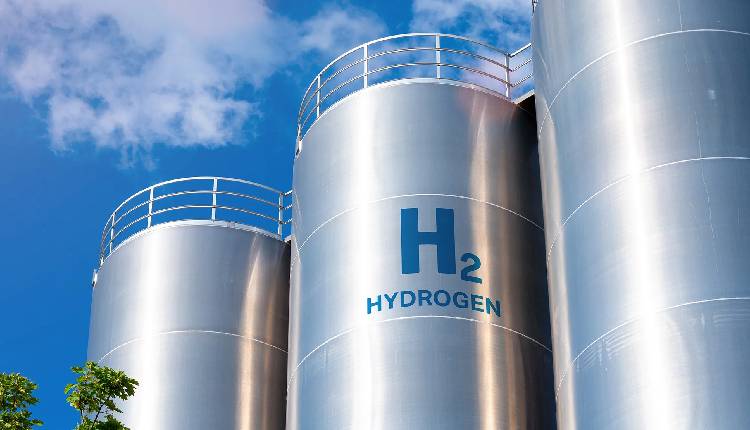King Philippe of Belgium has visited the Namib desert in early May to inaugurate a project aimed at decarbonising European industry and boosting ‘s economy through green hydrogen, as reported by Bloomberg on Thursday.
The Cleanergy Solutions project, located near Walvis Bay, marks the start of Namibia’s plan to become a leader in green hydrogen production.
The European Investment Bank has pledged €500 million ($544 million) for green hydrogen development in Namibia, with additional contributions from the Netherlands and the German government.
Cleanergy, a collaboration between Belgian shipping company Compagnie Maritime Belge SA (CMB) and Namibia’s Ohlthaver & List Group, will build Namibia’s first commercial green hydrogen plant for $30 million, partially funded by a $10 million German loan.
CMB plans to raise $3.5 billion for an ammonia plant linked to a new export facility at the Port of Antwerp-Bruges.
Namibia, with its abundant land, sun, and wind, offers ideal conditions for green hydrogen production.
The project aims to convert water into hydrogen that would be converted into ammonia. The produced green hydrogen will be transported to Europe via tankers from Rotterdam and Antwerp.
This initiative could significantly boost Namibia’s $13 billion GDP, especially as it faces competition from countries like Chile, Saudi Arabia, and South Africa.
The government predicts that the economy could double as a result, with “excess electrons” potentially being exported to alleviate regional energy insecurity, according to Energy Minister Tom Alweendo at the World Hydrogen Summit in Rotterdam.
CMB’s main facility is planned for a location 50 miles northeast of Walvis Bay, highlighting the global race for Africa’s resources. The site is near Arandis, a largely abandoned settlement between Husab and Rossing, the world’s second and sixth largest uranium mines, both owned by Chinese companies, which have also acquired Namibian gold assets.
Europe’s bid to benefit from Namibian resources faces sensitivity due to its colonial past, with Germany acknowledging a genocide of the Herero and Nama peoples. Despite this, the $10 billion Hyphen project, backed by Germany’s Enertrag SE, aims to transform Namibia’s outlook.
The Hyphen facility will be powered by 3.5 gigawatts of wind and solar projects in its first phase, with plans to employ 15,000 workers in Lüderitz to produce one million tons of ammonia annually, doubling in a second phase.
Namibia holds a 24 per cent equity stake in the project and plans three hydrogen production zones along the coast.
The Port of Rotterdam supports the necessary infrastructure, and Germany is pushing a hydrogen market with €3 billion in subsidies. However, the project’s success depends on securing binding contracts and concessional financing from interested parties like Belgium, the Netherlands, Japan, and South Korea.



